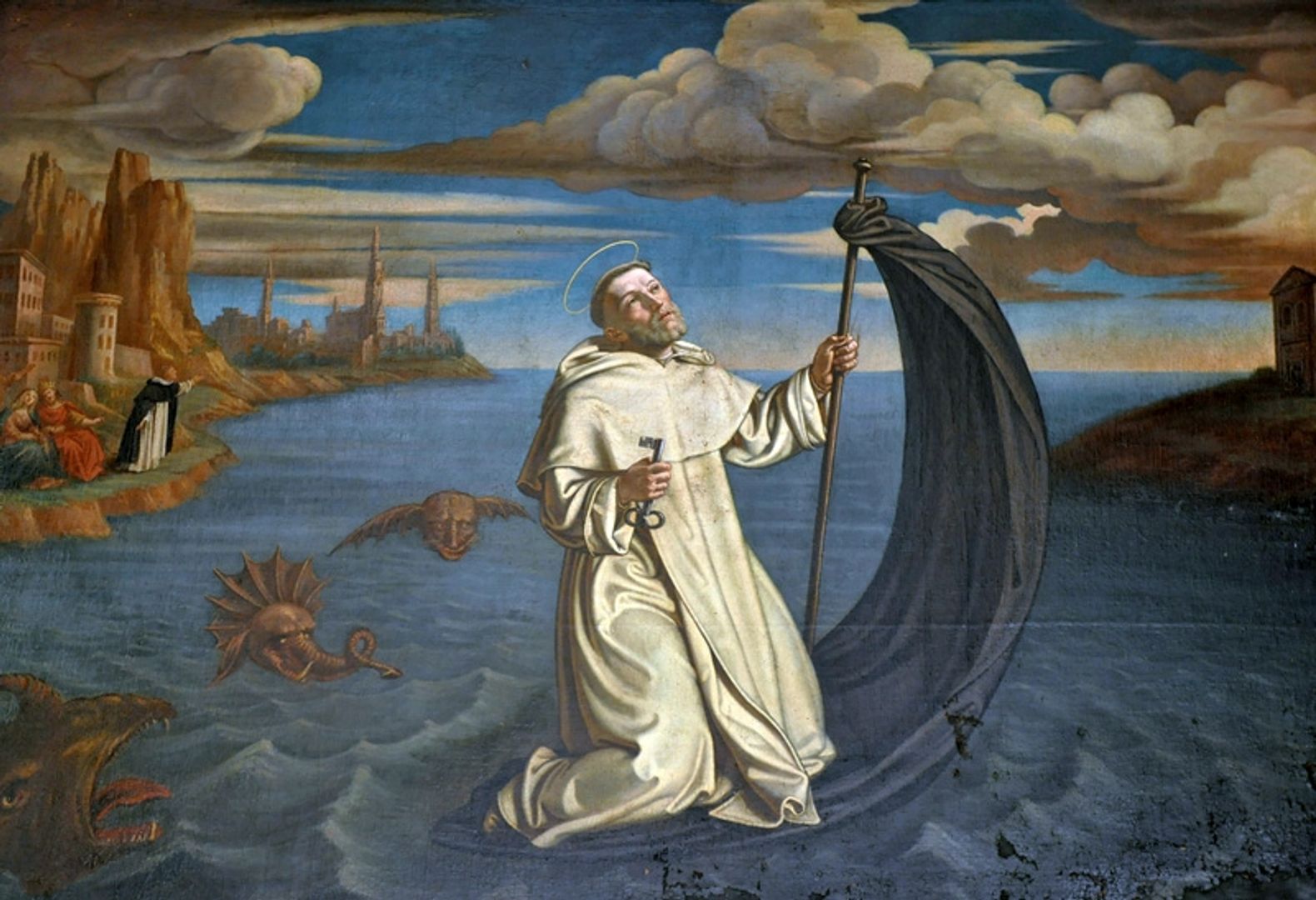Holy Trinity Church in Krakow
6.21

Overview
The Holy Trinity Church in Krakow, located on Stolarska Street, is a historic Dominican temple with a rich history dating back to 1222, when the first Dominicans, led by Saint Hyacinth Odrowąż, arrived here. Over the centuries, the church underwent numerous reconstructions, including Gothic and Neo-Gothic styles, and its interior was significantly altered after a fire in 1850, which devastated its inner spaces. Reconstruction works lasted from 1850 to 1884 under the direction of architect Teofil Żebrawski, resulting in a new appearance for the temple, though the changes were met with criticism from artists. Today, the church is a three-nave structure with a brick-and-stone construction and a characteristic buttress-and-pillar system. The interior houses many valuable works of art, including the main altar and tombs such as those of Leszek the Black and Filippo Buonaccorsi (Callimachus), as well as an organ from 1890, considered an example of Romantic organ building. The church also plays an important cultural role, serving as the burial site of many notable figures and hosting ceremonies such as the funeral mass for director Andrzej Wajda. Adjacent to the church are monastery buildings centered around cloisters, which contain valuable tombs and portraits of Dominican bishops. The monastery and the church impress with rich architectural details and styles from various eras, including a 14th-century rib vault and a Romanesque refectory. Chapels, such as the Rosary Chapel, Saint Hyacinth's Chapel, and the Savior's Chapel, are adorned with beautiful polychromes and tombs, as well as diverse Neo-Gothic altars. The Holy Trinity Church is not only an important part of Krakow's heritage but also a witness to many historical and cultural events, remaining one of the most significant landmarks on the map of Krakow's monuments.
Location
Tickets
Powered by GetYourGuide
2025 Wizytor | All Rights Reserved